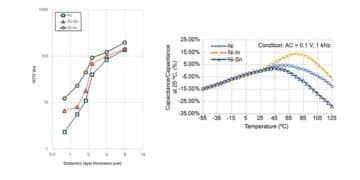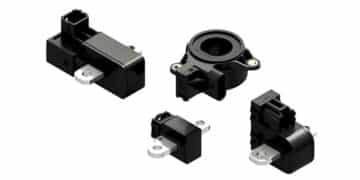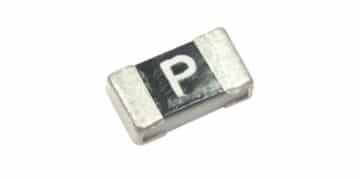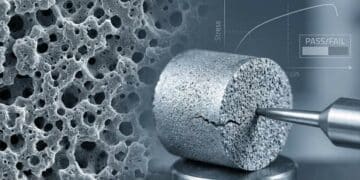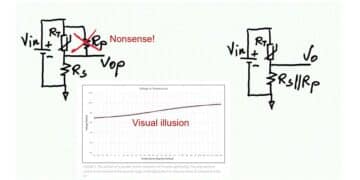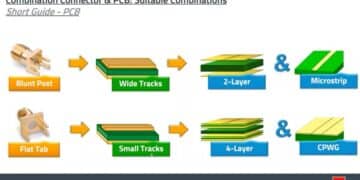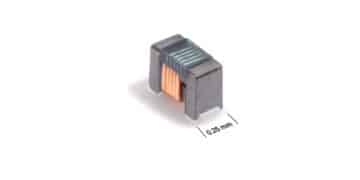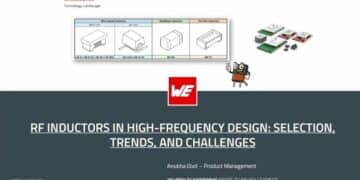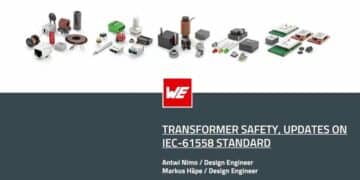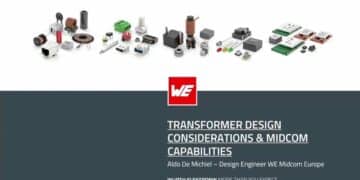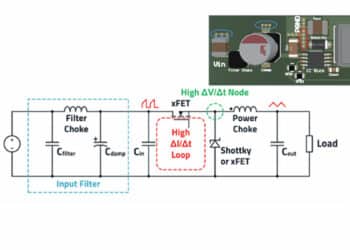Source: ElectronicProducts article
By Gina Roos, editor-in-chief. Currently, many MLCCs and resistors in the industry are on allocation or are quoting lead times well into 2019. But the supply shortages are spread across capacitor technologies.
After nearly two years of passive component shortages, suppliers are having difficult conversations with their customers about keeping their production lines humming. While no one likes to use the word “allocation,” it’s a reality. Lead times for multilayer ceramic capacitors (MLCCs) are about 12 months, and lead times for MnO2 and polymer tantalum capacitors aren’t much better at eight to nine months, according to Kemet Corp.
Like other suppliers, Kemet is having a difficult time supporting new customers whose requirements are not in its forecast.
“We don’t accept orders that go out more than 12 months because we don’t know if that is going to be real,” said Per Loof, Kemet’s CEO. “We are starting difficult conversations with customers about how we can guarantee supply for a longer period of time.”
Loof also noted constraints for aluminum electrolytic capacitors, particularly for specialty products and axial types, often used in automotive applications. Inductors also have long lead times, but Kemet primarily plays in the specialty niche market. However, this may change.
“We’re being encouraged to adapt our product portfolio to fit more commonly used types of inductors instead of more specialty ones that we’ve done in the past,” said Loof. “We have the materials science and we’re working on that.” Kemet acquired its inductor portfolio through its acquisition of Tokin.
Capacitor Lead Times Continue to Climb
- 1210–1825 case sizes, hi-CV: 33 weeks ↑
- 1210–1825 case size, MLCC: 32 weeks ↑
- Aluminum electrolytics, axial leaded: 18 weeks ↑
- All tantalum: Highly constrained, no quotes
Source: TTI Inc.
Allocation, of course, goes hand in hand with pricing. Prices have risen significantly over the past few years. Just in the past year, industry prices for MLCCs have doubled.
While Kemet won’t publicly announce the degree of its price increases, Loof said, “We are strategically looking at our pricing and adjusting what we think is reasonable and sustainable. Our customers don’t feel like they are being taken advantage of in a difficult situation.”
“From 2010 to 2015, there has been a 50% increase in pieces and price declines matched, so to make the same revenue dollars, you had to make 50% more,” he said.
Supply strategies
Capacity constraints for many passive products, including ceramic capacitors, tantalum capacitors, and inductors, have prompted component manufacturers to invest in production capacity expansion and help customers manage potential downtime.
“We basically have a call from a customer to expedite, increase, or ship something faster every three minutes,” said Loof. Kemet is working on several strategies to keep their customers’ production lines up and running, but it’s not always easy or completely successful.
“We are starting difficult conversations with customers about how we can guarantee supply for a longer period of time,” said Per Loof, Kemet’s CEO.
“If we don’t have the inventory, we need to figure out what can we do,” said Loof. In some cases, it means shipping inventory slated for customers — if they can wait one or two weeks — to customers who need it immediately.
In other cases, Kemet may ask distributors to return inventory, so the supplier can send it to a customer who needs it. “We’ll replace the inventory whenever we can,” said Loof.
Other strategies include shifting production of a constrained part to another plant with comparable equipment and working with customers on potential design changes. Kemet may get product to customers faster if they use a product with a higher voltage or higher capacitance as it’s in the same package size or if they use a tantalum part to replace a ceramic capacitor.
“All of these things are being deployed to help customers,” said Loof. “The design changes are a longer-term issue because you have to design it, test it, and qualify it. If it’s an automotive customer, the qualification time is often quite lengthy.”
“There is particularly overlap with tantalum and ceramic capacitors,” he added. “A lot of the shift from tantalum to ceramics happened over the last 20 years, driven by a shortage of tantalum in 2000 as well as the cost difference.”
Kemet is working on shrinking the price gap between tantalum and ceramic capacitors, so customers can make an informed decision. But swapping parts isn’t going to change the overall supply situation much, said Loof. “Because of the supply shortages, these types of conversations are much more active than they were in the past.”
Supply and demand
The MLCC shortage continues to worsen, and many suppliers and distributors expect supply constraints into 2019 and 2020. Kemet expects tightness to continue for at least another 12 months.
Loof believes that there is currently a 500-billion-unit gap between supply and demand. “Supply is around three-and-a-half trillion pieces and demand is around 420 trillion.”
“Some are surprised by the demand surge that we’ve seen over the past couple of years,” he said. “It pushed us all to get more out of what we have in terms of efficiency and manufacturing improvements, but there comes a point where it’s not going to help.”
New supply is being planned and being brought online, he added. “Most people [in the industry] talk about a 10% increase in capacity, and that is going to deal with the [supply] issue today — not with the demand increase going forward.” The piece count for MLCCs from 2010 to 2015 grew between 5% and 7% annually; but in 2016 and 2017, the piece count grew by 12% to 17%.
“If demand continues to grow, we’re looking at supply constraints for some time to come,” said Loof.
Kemet plans to invest about $100 million in 2018, of which $70 million to $80 million is allocated for production capacity increases. “The two big chunks of spend are for tantalum polymer and ceramic capacitors,” said Loof. “In October, we may come back and update that number and do more.” Kemet is also investing in aluminum electrolytic capacitor capacity. “It’s a small product line, but the demand picture is more opportunistic. We have to work on our yields and efficiencies as well as implement aggressive capacity increases.”
Kemet also is looking at new formulations and new ways of manufacturing from a technological perspective. That includes implementing new or better processes, using better-quality materials, and moving to better-quality machinery.
“I think the overall increase in the use and demand of electronics in all kinds of segments has been driving demand,” concluded Loof. “We haven’t even seen 5G kick in yet. We could be in for a supply shortage for some time.”


